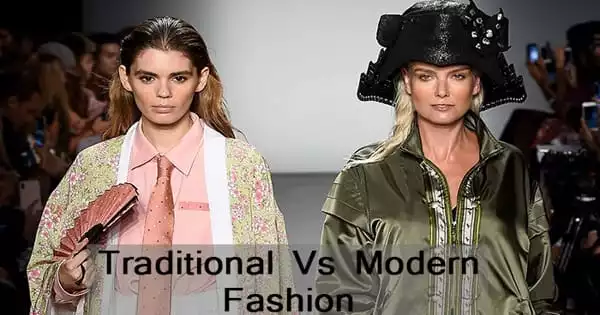Traditions provide a sense of safety. We tend to rely on certain rituals and events to bring us together and bring back memories from our past. The participants in the event may vary, but the custom remains the same and connects us to the past while also building memories of the present.
Traditional dress has become an item that is worn only at rare events or festivals around the world. Modern clothing has become the standard because its design and fabric are more tolerant of our progressively hotter global climate. Traditional attire, on the other hand, has an important place in our world, in my opinion.
Traditional dress is an array of garments, jewelry, and accessories rooted in the past that are worn by a distinct group of people. The terms ethnic, regional, and folk dress are frequently used interchangeably with the terms traditional dress or costume. However, fashion in modern parlance also refers to styles. Fashion or styles can be defined as any type of clothing, art, or architecture that shares comparable traits. “Fashion” is virtually usually used positively and is associated with style, quality, beauty, and glitz.
As the name implies, traditional wear connects one to one’s cultural history. It tells the wearer a little something about the history of its design, fabric, and even color. In Japan, for example, the kimono is worn in a variety of styles for persons of varying social classes. The color also distinguishes the persons in terms of social prominence. It evokes ideas of a time long past when great knights fought for dignity and pride, while the women themselves were witnesses to the grace and beauty of the oriental woman. Thus, understanding a culture’s traditional attire is equivalent to learning its history.
Furthermore, traditional clothing is typically handcrafted and so elaborate in workmanship and design. Consider Peranakan clothing, which features delicate sewing and a filmy hug of the figure. These accentuate the feminine body, giving the female form a sight to behold. Similarly, traditional men’s clothing is typically trimmed to depict a stoic and masculine body. It is obvious that traditional attire in all societies serves to clearly designate gender roles.
A classic dress, on the other hand, can be painfully fussy and difficult to wear. The very flattering Indian sari might take a long time and skill to tie because it can involve up to twelve yards of delicate textile! Similarly, the kimono requires one additional person to properly tie the sash, or it will appear horribly untidy. Even the heaviness of traditional clothes, which is usually an outfit with several different layers, might be an issue. Obviously, comfort was not a primary priority in the past.
A modern dress is significantly more comfortable because it is composed of lightweight material and has basic styles. The time-consuming sashes and yards of fabric that characterized traditional clothing are no longer in use. Comfortable cuts that suit functional demands have taken their place. In fact, modern clothing can be so androgynous that it is unisex. This makes buying even easy and less of a chore.
However, this is also the source of the problem with modern clothing. The clothing bears little resemblance to the wearer. Because they are mass-produced, there is a chance of encountering someone dressed similarly. But the good news is that if seeming like a crowd is to be avoided, one’s particular style comes into play. This allows far more room for individuality than the traditional dress would.
Whether it is traditional or modern clothes, the issue should always be the wearer’s comfort rather than its appearance. This is due to the fact that a person can be dressed in a fussy traditional kimono and yet feel and look beautiful, whereas someone dressed in a cyber-punk suit may be definitely uncomfortable due to its figure-hugging design. As a result, both styles of dress are still relevant today, whether as historical sources or as everyday apparel.
















